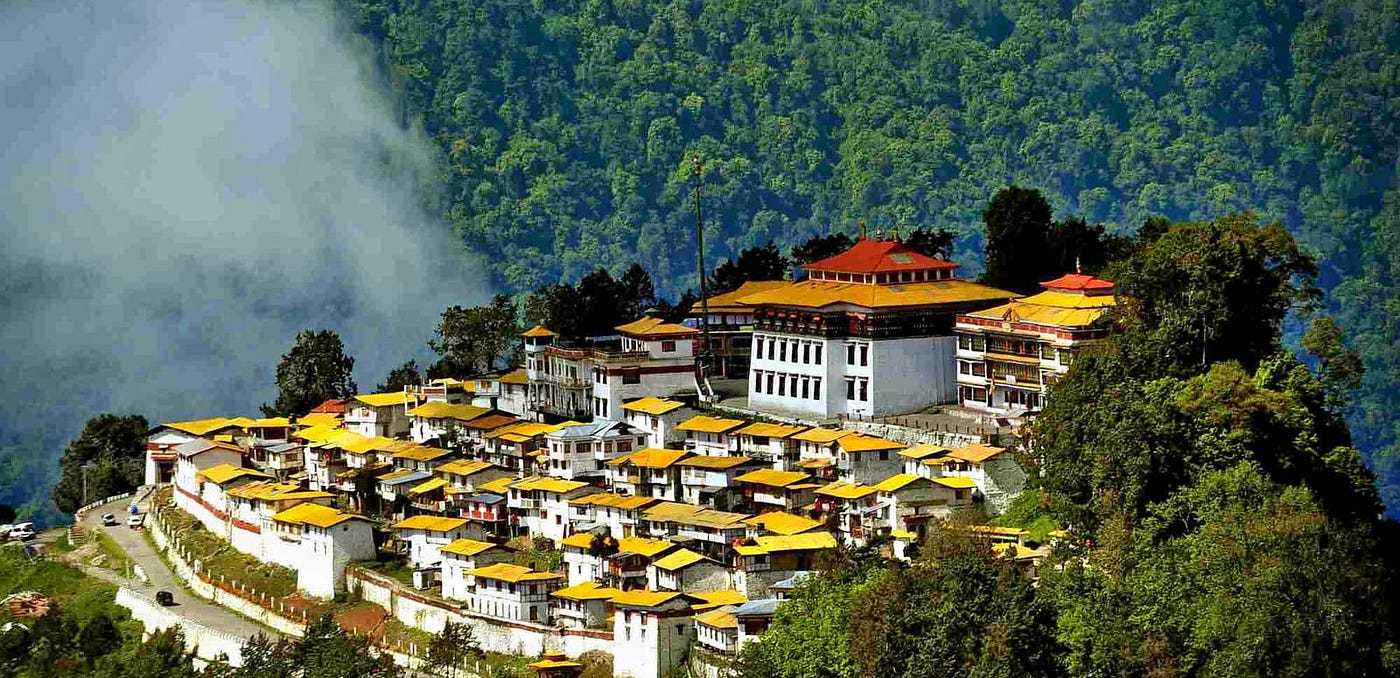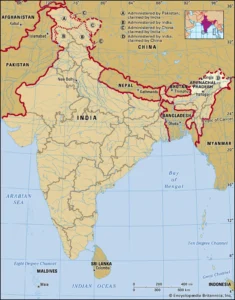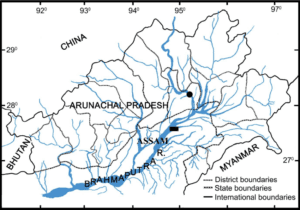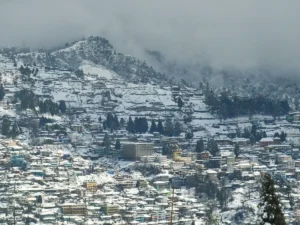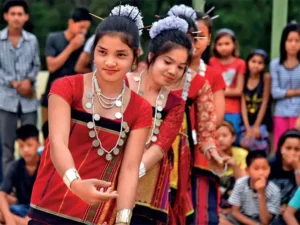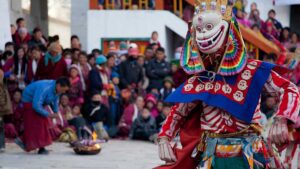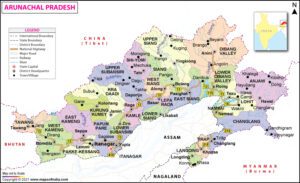Arunachal Pradesh
Arunachal Pradesh fire. (“Dawn-Lit Mountain Province”) is a state in northeastern India. It was created by the North East Frontier Agency (NEFA) and India declared it a state on February 20, 1987. Itanagar is its capital and largest city. It connects the Indian states of Assam and Nagaland in the south. It shares international borders with Bhutan to the west, Myanmar to the east, and a 1,129 km disputed border with China’s Tibet Autonomous Region to the north, at the McMahon Line. Arunachal Pradesh is claimed by the Chinese as part of the Tibetan Autonomous Region. China annexed parts of Arunachal Pradesh in 1962 and later withdrew its forces.
According to the 2011 census of India, Arunachal Pradesh has a population of 1,383,727 people and an area of 83,743 square kilometers (32,333 sq mi). With only 17 people per square kilometer, it is the most populous state in India. It is an ethnically diverse state, with Monpa in the west, Tani in the center, Mishmi and Tai in the east, and Naga in the southeast of the state. About 26 main tribes and 100 sub-tribes live in the state, including Nocte, Adi, Nyshi, Singpho, Galo, Tagin, and Apatani. The Mishmi tribe consists of three tribes, namely Idu-Mishmi, Digaru-Mishmi and Miju-Mishmi.
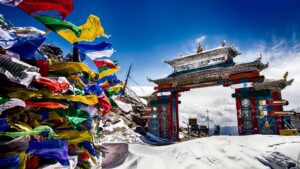
History
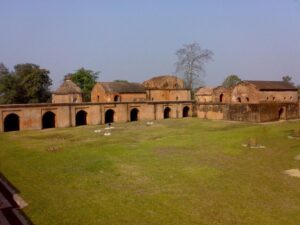
Ancient history
Very little ancient history is known for the remote areas in the northwest corner and the area bordering today’s Assam.
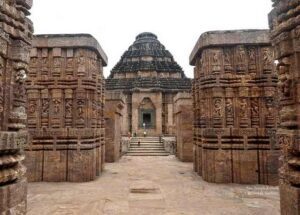
Check out the Anjaw region near the border of India and China Losar is celebrated by the Monpas of Arunachal Pradesh, Tibetans, and Ladakhis Gaonbura is commonly found in Arunachal Pradesh and China.
The northwestern part of this region came under the Monpa kingdom of Monyul under Tibet which flourished between 500 BCE and 600 CE. Monpa and Sherdukpen also preserve the historical records of the existence of the chieftains in the northwest.
According to Tibetan history, Monyul was a Gongkar Gyal, a descendant of an exiled Tibetan ruler named Lhase Tsangma, brother of the Tibetan king Ralpacan who arrived at Monyul in or before 837 CE. A son of Gongkar Gyal became the ruler of the Trashiyangtse district of Bhutan and Gapde Tsan, another member of the clan was the ruler of the Khorwong valley in the town of Thembang (now West Kameng district, Arunachal Pradesh).
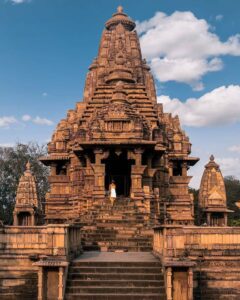
Thembang dzong was built in the 12th century, a type of dzong found in Bhutan and Tibet.
Later, the second son Gongkar Gyal Wongme Palde, who returned to Tibet because of the poverty of Khorwong Valley, returned to Monyul to be its ruler. Rgyal rigs written in 1668 or 1728 contain records of taxes collected. Taxes were paid in the form of coins, food, or livestock from the area around today’s Kameng and Tawang. The Monpas (Tibetan: མོན་པ) known to the Chinese as Monbas were responsible for trade between Assam and Tibet and held the Koriapar Dooar in the Sonitpur district of Assam. Chief Monpa is subordinate to the ruler of Tawang, who in turn is subordinate to the Tibetan or Ganden Phodrang in Lhasa. The Tibetan government in Lhasa appointed Tibetan officials called Gellongs to oversee the Monpa village leader. The chief of Monpa who is in charge of Duar is called Tsorgon, a letter created in the 16th century. According to Tibetan historical texts, the land of Arunachal Pradesh, known as Lhoyu, came under the control of the Tubo Kingdom or the Tibetan Empire in the seventh century CE.
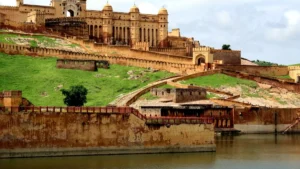
Medieval period
Arunachal Pradesh, though relatively less documented compared to other regions of India, has a rich history dating back to the medieval period. During this time, the region witnessed the rise and fall of several tribal kingdoms and the influence of various external powers.
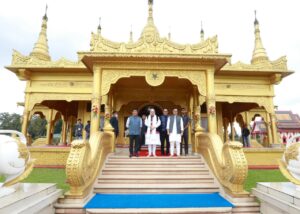
One of the prominent medieval kingdoms in Arunachal Pradesh was the Mon Kingdom. The Mon people, also known as the Monpa, inhabited parts of present-day Arunachal Pradesh and Bhutan. They established a feudal system with chieftains ruling over small territories. The Mon rulers were known for their military prowess and their resistance against external invasions.
In the 13th century, the Ahom dynasty, originating from present-day Assam, began expanding their territory into Arunachal Pradesh. The Ahoms gradually annexed several Mon territories and established their dominance over the region. They introduced administrative reforms and built forts to consolidate their rule.
During the medieval period, Arunachal Pradesh also served as a corridor for trade between India and Tibet. The region was part of the ancient trade route known as the “Tibetan Tea-Horse Trade Route,” through which commodities like salt, wool, tea, and horses were exchanged between India and Tibet.
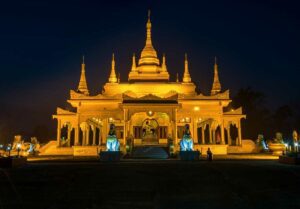
The arrival of Tibetan Buddhism in Arunachal Pradesh during the medieval period had a profound impact on the cultural and religious landscape of the region. Monasteries and Buddhist stupas were built, and Buddhist teachings flourished, influencing the indigenous belief systems of the tribal communities.
The medieval history of Arunachal Pradesh is also marked by sporadic conflicts between rival tribes and external powers vying for control over the region’s resources and strategic locations. However, despite these challenges, the tribal communities of Arunachal Pradesh maintained their distinct cultural identities and traditional ways of life.
Overall, the medieval period in Arunachal Pradesh was characterized by the emergence of tribal kingdoms, the influence of external powers, the spread of Buddhism, and the development of trade routes. This period laid the foundation for the cultural diversity and historical heritage that define Arunachal Pradesh today.
The British government
In 1912-1913, the British Indian government established the North-East Frontier Territories. It was divided into three tracts, which were later called the Ballipara Frontier Tract, the Lakhimpur Frontier Tract, and the Sadiya Frontier Tract. In 1913-1914, representatives of the de facto state of Tibet and Britain met in India to define the boundaries of “external Tibet” (in relation to China). British administrator Sir Henry McMahon drew the 550-mile (890 km) McMahon Line as the boundary between British India and Tibet, placing Tawang and other areas within British India. The Tibetan and British delegations drafted the Simla Agreement including the McMahon Line, but the Chinese delegation did not sign it. The Treaty of Simla denied other benefits to China as it refused to subscribe to them. The Chinese position is that Tibet does not belong to China and cannot sign a treaty, so the treaty is invalid, like the Anglo-Chinese (1906) and Anglo-Russian (1907) conventions. British records show that a condition for the Tibetan government to accept new territory was for China to accept the Simla Convention. As Britain did not receive recognition from China, the Tibetans considered the McMahon Line unsafe.
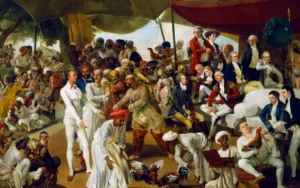
At a time when China was not strong in Tibet, the line did not face a serious challenge. In 1935, Olaf Caroe, Assistant Secretary of State, “discovered” that the McMahon Line was not drawn on official maps. The Survey of India published a map showing the McMahon Line as an official territory in 1937. In 1938, twenty years after the Simla Conference, the British finally published the Simla Accord as a bilateral agreement and the Survey of India published a detailed map showing the McMahon Line as the boundary of India. In 1944, the British established an administration in the area, from Dirang Dzong in the west to Walong in the east.
Geography
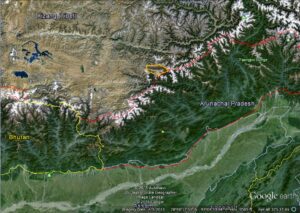
Arunachal Pradesh, located in northeastern India, is known for its linguistic diversity, with a wide variety of languages spoken by its diverse population. Some of the major languages spoken in Arunachal Pradesh include:
- Nyishi: Spoken primarily by the Nyishi tribe, one of the largest ethnic groups in Arunachal Pradesh.
- Adi: A language spoken by the Adi people, one of the major tribal communities in the state. It has several dialects, including Padam, Pasi, Minyong, and Bokar.
- Apatani: Spoken by the Apatani tribe, primarily in the Ziro Valley region of Arunachal Pradesh.
- Gal o: The language of the Galo tribe, predominantly spoken in the West Siang district.
- Monpa: Spoken by the Monpa people, particularly in the Tawang and West Kameng districts. It is also spoken in neighboring Bhutan.
- Sherdukpen: Spoken by the Sherdukpen tribe in the West Kameng district.
- Mishmi: Includes several languages and dialects spoken by the Mishmi people, such as Idu, Digaru, and Miju.
- Nocte: Spoken by the Nocte tribe, primarily in the Tirap district of Arunachal Pradesh.
- Singpho: Spoken by the Singpho people, mainly in the eastern part of the state.
- Tangsa: A group of closely related languages spoken by the Tangsa people in eastern Arunachal Pradesh.
- Nishi: Similar to Nyishi, Nishi is spoken by the Nishi tribe in parts of Arunachal Pradesh.
- Khamti: Spoken by the Khamti tribe, particularly in the Lohit district of Arunachal Pradesh.
- Bangni: Spoken by the Bangni tribe in the Lower Dibang Valley district.
- Bugun: Spoken by the Bugun tribe in the Eaglenest Wildlife Sanctuary area.
- Wancho: Spoken by the Wancho tribe, primarily in the Longding district.
These are just a few examples of the diverse linguistic landscape of Arunachal Pradesh, which comprises many more languages, dialects, and tribal languages spoken by various ethnic communities across the state.
